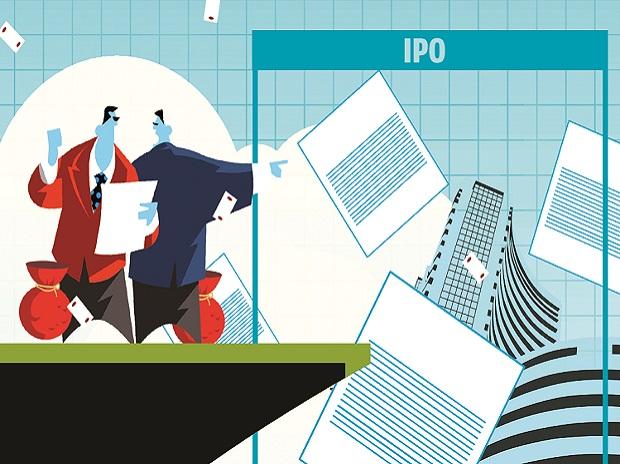[ad_1]
Soaring inflation nudged India’s central bank, the Reserve Bank of India, to put an end to the low-interest rate regime. A series of repo rate hikes by RBI made fixed deposits lucrative, bringing it under investors’ radar.
Starting with the off-cycle hike in May, RBI has hiked the key lending rate– the rate at which central bank lends money to banks — by a total of 190 basis points to 5.9 per cent.
Although banks have increased deposit rates across various tenures, the transmission has been either slow or not kept up pace with repo rate hike.
For instance, till early August, while the repo rate was hiked by 140 basis points, banks raised deposit rates by just 30–60 basis points. Since then, the pace has picked up. Banks have increased fixed deposit rates by 30–50 basis points and some of them have also announced special deposit schemes, offering over 6 per cent interest on some tenure FDs.
The quantum of deposit rate hikes usually depends on the credit demand and the liquidity surplus available. According to RBI data in September, demand for bank loans is at a nine-year high of 16.2%. With loan demand picking up in the festival season, and surplus liquidity coming down from the highs of Rs 8 trillion in early April 2022, experts see bank deposit rates rising further.
Currently, the deposit rates offered by private banks are in the range of 5.45%-7% for one-year tenure. And public sector banks are offering interest rates in the range of 5.5-5.7% for the same tenure. The rise in deposit rates also comes at a time when global headwinds have dented returns in other asset classes such as equities. Both Nifty and Sensex indices have slipped over 2% this year. But, despite the fall, Indian markets outperformed their peers. The MSCI Emerging market (MSCI EM) index is down almost 30% this year.
According to a Business Standard report, equities are still the most favoured choice of analysts. They recommend 40-50% allocation to equities, 20% to fixed income and the rest can be kept for gold or real estate. Gold has declined about 7%, while silver is down about 17% in the last one year. Meanwhile, 10-year government bonds have added 96 basis points so far this year.
Experts suggest investors should look at fixed income options like deposits only as a part of their portfolio and avoid excessive reliance. Also, it is best to opt for shorter tenures given the likelihood of interest rates going up further. This can be done to park emergency funds or to protect the capital to some extent.
Deposits are unlikely to beat inflation in the longer-run and hence experts suggest a balance in allocations by investing in fixed income and growth assets. Just like it is very difficult to call the top and bottom in an equity asset, the same goes with rates on fixed deposits.
Additionally, with interest rates on the upswing, yields-to-maturity of debt MF portfolios have improved and are in the range of 7-7.5%. In the fixed income segment, experts say investors might also want to consider this option. Debt mutual fund schemes invest in fixed income securities like government bonds. Investors, who are in the lower tax bracket and looking for liquidity, would find FDs as a good option. For investors in higher tax brackets, debt mutual funds could be a superior option because of the index-ratio benefit they end up getting. Let us hear more from Harshad Chetanwala, a financial planner.
Within the fixed deposits, there are corporate and NBFC FDs. According to data from Paisabazaar, Small Finance Banks and NBFCs are offering the highest fixed deposit interest rates, followed by PSU banks and large private sector banks. If we look at interest rates offered by Bajaj Finance, investors can get 6.35% for one-year tenure, 7.40% for 3-year tenure.
Comparatively, private lender Axis Bank for the same tenures is offering 5.45% and 5.70%. On the other hand, public sector lender Bank of Baroda is giving 5.50% interest rate for 1-year tenure and 5.55% for a three-year tenure. Both the private and public banks’ interest rates on fixed deposit rates are lower, compared with the NBFC of Bajaj Finance. The penalty period for NBFCs is also lower compared with banks.
Even though NBFC FDs offer higher rates of interest, banks are traditionally considered safer as deposits of up to Rs 5 lakh are covered under deposit insurance scheme in case the bank goes bust. This is not the case with corporate or NBFC FDs. Investors can also claim deductions of up to Rs 1.5 lakh in a financial year under Section 80C of the Income Tax Act for five-year tenure deposit.
When choosing corporate or NBFC FDs, experts say the liquidity and credit rating of the companies is key. Ratings agencies like ICRA and CRISIL provide safety ratings to the deposits of corporates. For example, Bajaj Finance fixed deposit has the highest stability ratings “AAA/STABLE” from CRISIL. However, credit rating is not the only factor to consider, but investors should also look at other parameters like profitability of the company or NBFC, the non-performing asset ratios etc.
Overall, experts suggest fixed income investments like fixed deposits to only protect capital, and portfolios should be balanced with growth asset investments to generate higher returns.
[ad_2]
Source link



